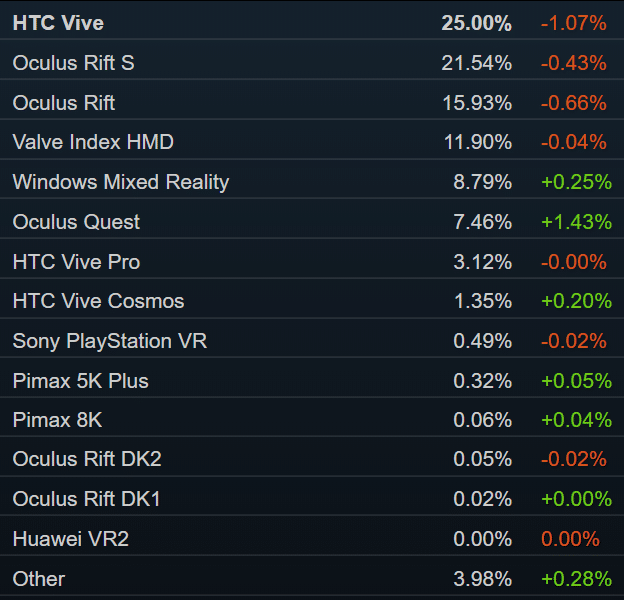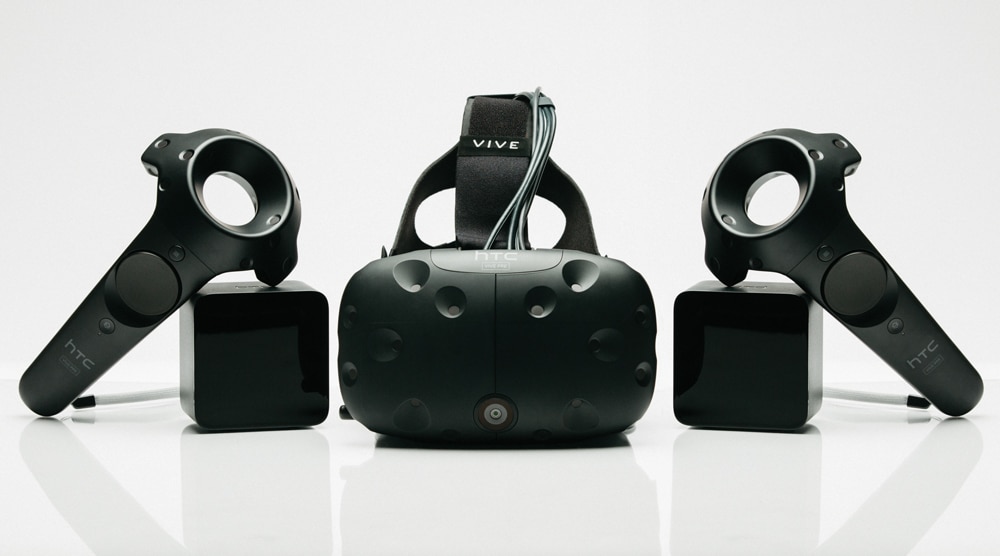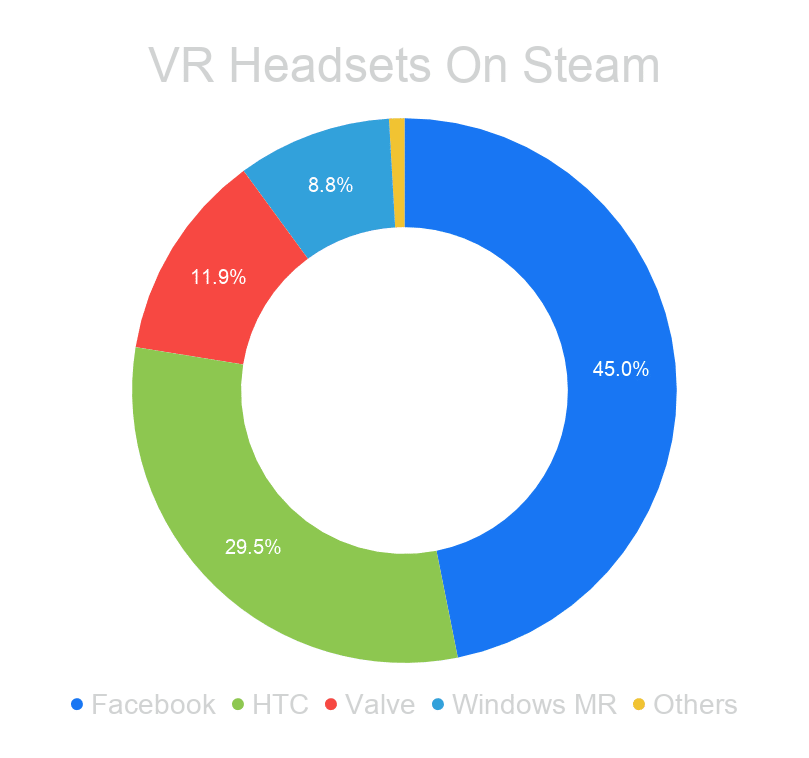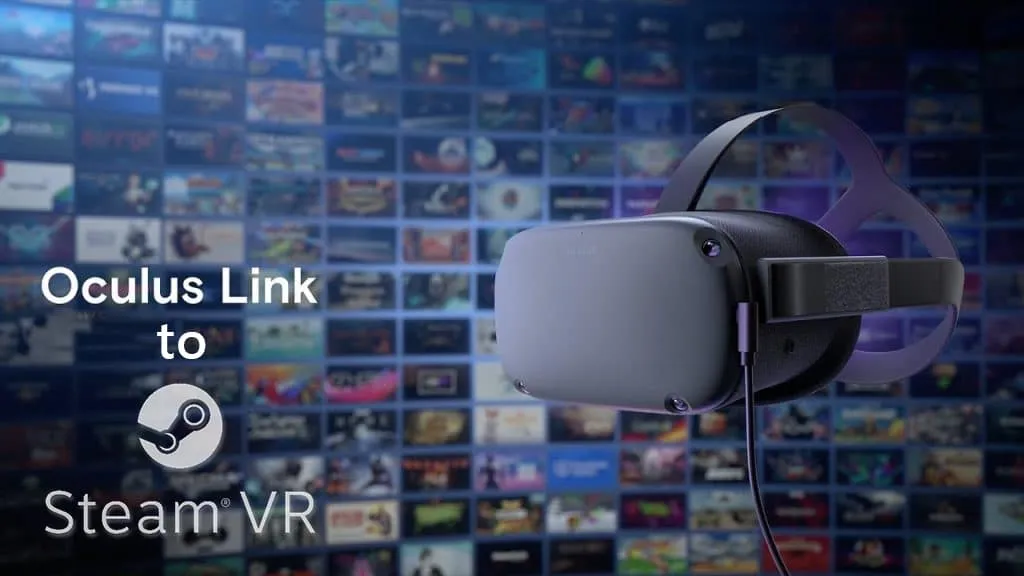The percentage of SteamVR players using Oculus Quest increased from 6% to 7.5% in May, according to Valve’s data.
PC VR headset companies do not currently reveal sales figures, but Valve’s Steam- the most popular games store on PC- conducts a monthly ‘Hardware Survey’.
This opt-in survey is offered to a random sample of Steam users each month. It scans the components of your PC, as well as SteamVR’s device logs.

The headset share stats haven’t changed much this month, except for the HTC Vive and Oculus Quest.
HTC’s Vive, originally released in 2016, retook its place as the most popular specific headset in April. It remains the most popular in May, but slightly declined from 26% to 25%. Some owners may have taken their headsets out of storage specifically to play Half-Life: Alyx.

Oculus Quest was released almost one year ago as an Android-based “VR console”. In November the Oculus Link software update was released, allowing Quest to also work as a PC headset via some USB 3.0 cables. Quest also works with PCs wirelessly through an app like Virtual Desktop with an update that can be sideloaded onto the system.
Two weeks ago, Facebook added support for USB 2.0. Quest comes with a 3 meter USB cable in the box, so this update gave all Oculus Quest owners access to Link- assuming they have a gaming PC.

It’s also possible this USB 2.0 support had a negligible impact. In May we saw Quest start to come back in stock after a long period of unavailability induced by the coronavirus pandemic’s effect on production.
Data Fluctuation
The Steam Hardware Survey also reports the overall percentage of Steam users with a VR headset of any kind. In April’s data this figure was 1.91%. When Valve initially released May’s data yesterday the figure originally read as 2.19%, but it was changed to 1.92% without an edit notice.
We’ve seen trivial fluctuations to the Hardware Survey data in the days after release, but never such a substantial change. In April 2019, Valve reported Steam reaching 90 million monthly active users. If we assume that figure has now grown to roughly 100 million, this is a discrepancy of hundreds of thousands of headsets.
We’ve reached out to Valve for an explanation and will update this post if we hear back.
























